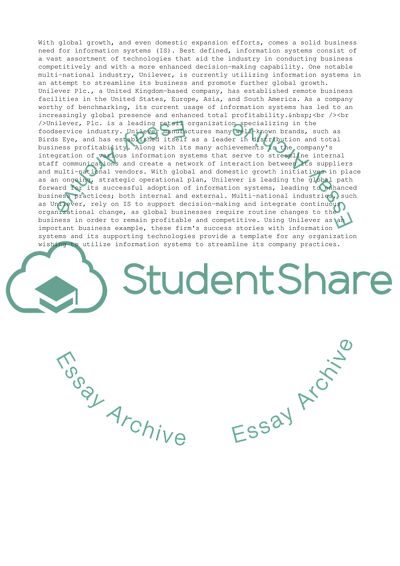Cite this document
(Information Systems Enhancing Organisational Work: The Case of Study, n.d.)
Information Systems Enhancing Organisational Work: The Case of Study. Retrieved from https://studentshare.org/management/1706407-barclays-debit-cards
Information Systems Enhancing Organisational Work: The Case of Study. Retrieved from https://studentshare.org/management/1706407-barclays-debit-cards
(Information Systems Enhancing Organisational Work: The Case of Study)
Information Systems Enhancing Organisational Work: The Case of Study. https://studentshare.org/management/1706407-barclays-debit-cards.
Information Systems Enhancing Organisational Work: The Case of Study. https://studentshare.org/management/1706407-barclays-debit-cards.
“Information Systems Enhancing Organisational Work: The Case of Study”. https://studentshare.org/management/1706407-barclays-debit-cards.


